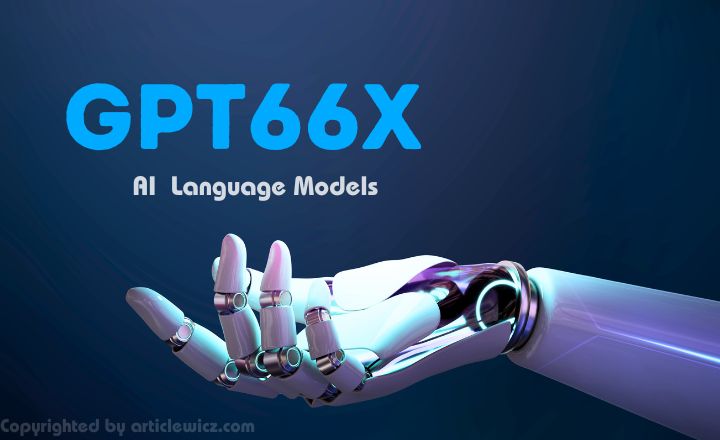The development of text-based computer based intelligence models has opened up new ranges of potential outcomes in happy creation. From assisting scholars with motivation to computerizing the development of huge volumes of composed text, these man-made intelligence models are changing the scene of content creation more than ever. One such advancement is OpenAI’s gpt66x , and its successors are continuing to push the envelope.
GPT-3, or “Generative Pre-prepared Transformer 3,” denoted a critical jump forward in regular language getting it and age.But what about its possible successor, GPT-66X, and its capabilities in the EN-US output language code?
Understanding GPT-66X’s Capabilities
At the point when OpenAI presented GPT-3, it ignited huge interest because of its capacity to create message that was shockingly human-like. GPT-66X, with its later headways, guarantees significantly more complex abilities.
GPT-66X’s prowess in processing and reproducing American English text allows it to simulate the writing style of an American English-speaking individual across different domains, including science, politics, entertainment, and more.
The Language of the Output
The EN-US output language code of GPT-66X means that the generated text is specifically conditioned to reflect the conventions and culture linked with American English. For content creators, this can provide a significant advantage, as it allows for the production of content that resonates more deeply with audiences familiar with this linguistic and cultural context.
The language code ensures that idioms, colloquialisms, and even spellings are more aligned with American linguistic traditions. This level of tuning in the AI’s output can make a significant difference in how well the content is received by its intended audience.
Application Across Different Genres
GPT-66X’s reach is vast, with applications across an array of genres and platforms. When used for factual writing or reporting, the model’s vast knowledge base ensures a high degree of accuracy and informativeness.
In the marketing sphere, GPT-66X can tailor product descriptions, advertisement copy, and marketing material with an American English-centric appeal that speaks directly to the target demographic. The model can learn and adapt to shifting trends and colloquial changes, maintaining the freshness and relevancy of the marketing campaigns it fuels.
The Ethical and Practical Considerations
While the capabilities of GPT-66X are impressive, it should be utilized with a responsible and ethical approach. This means that careful curation of the training data is essential to minimize biases and inaccuracies in the generated content.
Furthermore, the use of AI in content creation raises the question of authorship. Who is the author when the input comes from human-oversighted machine learning? Legal and ethical frameworks have yet to fully address this, and it remains an ongoing debate within the industry.
Fine-Tuning for Specific Tasks
Despite GPT-66X’s broad range of capabilities, fine-tuning the model for specific tasks is essential for optimal results. This can vastly improve the cohesion, accuracy, and relevancy of the generated text towards that task.
The same goes for content generation in scientific research, software documentation, or even poetry.
Conclusion
GPT-66X represents a significant advance in AI-driven content generation, with its EN-US output language code providing a valuable tool for creators and businesses operating in the American English-speaking markets. Its potential is vast, yet its application requires a discerning and mindful approach to tackle ethical and quality concerns.
Content created with GPT-66X presents a unique intersection of technology and human creativity. When leveraged thoughtfully, it has the power to enhance the content landscape, streamline cognitive-heavy tasks, and spark a new era of storytelling.

